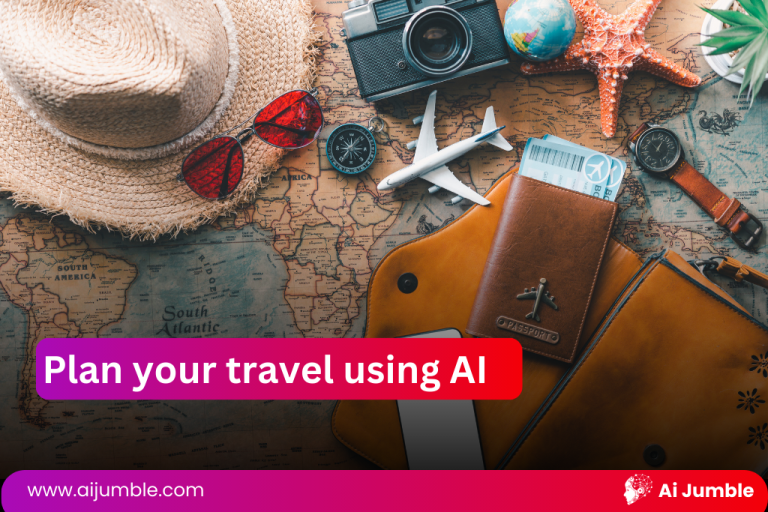Alan Turing: Revolutionizing AI through Visionary Inquiry and Unparalleled Innovation
Alan Turing: One pioneer who is like an inviting guide in the fascinating realm of ones and zeros that is the digital era is pushing us to explore the fascinating avenues of artificial intelligence (AI). Alan Turing, who was born on June 23, 1912, made a lasting impact on the computer industry by imagining machines that were capable of thinking for themselves rather than merely processing data.
Let’s explore Turing’s findings and honor the brilliant man whose theories continue to influence artificial intelligence (AI) today. We’ll highlight his enduring significance, the well-known Turing Test, and how his innovative ideas are still intriguing and important in today’s digital world.
Ahead of His Time: Turing’s Vision
Alan Turing stood at the crossroads of possibilities in an era when the first computer displays flared to life and vacuum tubes buzzed with the promise of a digital revolution. In 1950, while the first tentative strides towards general-purpose computers were being made, Turing was already thinking about a question that would reverberate through the ages: “Can machines think?” The question was incomprehensible to him at the time since the phrase “artificial intelligence” had not yet been created. Turing’s visionary vision portrayed him as a man ahead of his time, seeing into a future in which machines might think in addition to calculating.
The Turing Test: A Profound Legacy
Turing left behind an enduring legacy in the shape of the Turing Test, demonstrating his intellectual reach beyond the circuits and algorithms of his day. This benchmark, which was intended to serve as a yardstick for artificial intelligence, called into question the fundamental characteristics of humanity. The Turing Test became the cornerstone of AI research because it was modeled after the Victorian-era imitation game, in which an interrogator tries to determine whether a written response is from a person or a machine. Turing’s proposal of this test laid the groundwork for discussions that would reverberate for decades in both academic and industrial circles.
Challenges and Controversies
Turing faced many difficulties and disagreements on his voyage into the core of thinking machines. The scientific world was shaken by his claim that skeptics had the burden of evidence and had to refute the existence of intelligent machines. The intriguing Turing Test, which included an interrogator debating whether a person is a computer or a man, encountered practical difficulties when robots failed to meet this difficult standard. The yearly Loebner Prize, which hangs like a tempting carrot for a computer that passes the Turing Test, has been awarded for the past 20 years without a winner, raising questions about the effectiveness of this significant task.
Alan Turing’s Unwavering Impact
Alan Turing’s impact carries on despite the debates and storms of skepticism around his theories, much like a tenacious algorithm that quietly drives AI advancements. His forward-thinking questions, embodied in the Turing Test, continue to serve as a benchmark for evaluating advancements in the area. Although there is disagreement on the test’s applicability, its conceptual relevance is felt in AI labs all around the world. Even though it was never realized, Turing’s bold forecast that, by the year 2000, an interrogator would find it difficult to accurately identify a computer after five minutes of interrogation, is nevertheless a source of inspiration.
Celebrating Progress and Achievements
We are amazed by the revolutionary advances AI has achieved across a diverse range of industries, even as the world considers Turing’s enormous influence. Turing’s ideas first scratched on the paper of possibility, were the basis for the neural networks and algorithms that are ubiquitous in our digital world today. Thanks to the visionary who ventured to question if machines could think, today’s computers and robots collaborate on complicated financial symphonies and studies on climate change, respectively.
Conclusion
The legacy of Alan Turing is a dynamic force that is driving artificial intelligence forward, not a static monument. We applaud the spirit of inquiry that continues to lead us through the maze of AI’s endless possibilities as we raise a drink to the lasting influence of this extraordinary intellect. The legacy of Alan Turing, woven into the binary fabric of our technological progress, serves as a constant reminder that the search for thinking computers is a celebration of human creativity as much as a scientific undertaking. Following in Turing’s footsteps, we pursue the route of investigation, making sure that his contributions reverberate not just through the pages of history but also in the algorithms that mold our AI-powered future.
Dive deeper into the fascinating world of artificial intelligence with AI Jumble! Explore our comprehensive portal packed with Ai tools directory, informative articles, interactive features, and newly launched web stories.
Also Read:
Generative AI Unveiled: Exploring Its Creative Power, Applications, and Potential Drawbacks
Similar articles:
Alan Turing: The Experiment that shaped artificial intelligence








2 Comments
Comments are closed.